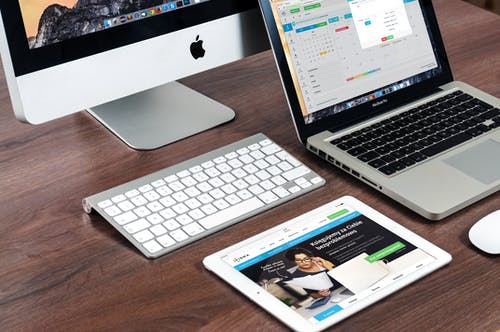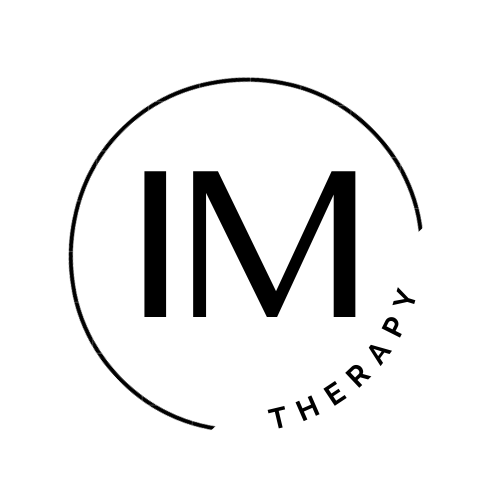
Back in the spring of 2020, many of us were blind-sided by the COVID-19 pandemic. Most clinicians in the field of speech-language pathology were likely providing face-to-face services or delivering services via more traditional methods, avenues, and means. Teletherapy, also referred to as telehealth, is not new to all clinicians but it is a relatively new service model for many clinicians from many disciplines—one that some of us have come to embrace. At the beginning of the pandemic, our clinic was unprepared for the transition to online services; however, we quickly learned to adjust to the service model that was new to us. The most important thing we realized was that we already possessed the needed skills to provide our services and we already possessed some of the needed skills to transition to an online environment; however, as with anything new, we also realized that there was a lot to learn. Here and in some future posts, we will discuss some of the things that have worked for us and, hopefully, work for you too.
Internet connection
The most important thing to consider is a solid, high speed internet connection. Without a good connection you may never even get to the point of seeing your patient on the screen—this can be frustrating. In addition to a solid connection, there are some other specifications that may be required for a speedy connection that will ensure a more reliable audio and video feed.
Platform(s)
There are numerous choices in where and how you host your online therapy sessions. Some have embedded therapy activities, while others offer no such thing but are much easier for your patients to access. In any case, the most important things to consider include minimum device requirements, minimum connectivity requirements (e.g., device, connection speed, etc.), HIPAA compliance, screen-sharing capabilities, and whether your patient can control your screen.
Computer(s)
A newer model, fast-starting laptop or desktop computer with a solid-state drive that can readily handle numerous open pages and a live audio/video feed, is highly recommended. In addition, a monitor 13 inches or larger will provide you with a reasonable amount of space to work with your patient, collect data, and the like. Some clinicians also opt for additional monitors that are wither used separately or in tandem. Though tablets and phones are not recommended, they can also be used but your offerings for your patient will be greatly limited.
Additional Device(s)/Considerations
Headphone(s)
A pair of good quality headphones, preferably noise cancellation headphones, will help to eliminate extraneous noise for you so that you can hear your patient as if you were in the same room with them.
Camera(s)
Needless to say, a webcam is a requirement; however, additional cameras are also very useful. For example, a document camera attached to one of your USB ports can be used to present any of your more traditional therapy items to your patients. For example, you can present a tablet, therapy cards, drawings, writing, or actual toys with the additional camera.
Digital pen
Though not an absolute necessity, a digital pen can come in handy for writing on the screen to help direct your patients to a particular word or item.
Applications/websites
Taking the time to create a go-to library or list of therapy-focused and/or kid -friendly sites and applications to use during therapy will ensure a good variety of activities.
Photo by Pixabay
If you or someone you know needs the services of a licensed and certified speech-language pathologist, please be sure to discuss your concerns with a physician, a speech-language pathologist, or another qualified provider. You can also find a provider through the ASHA ProFind service or visit us at www.bilingualspeech.org for more information. NOTE: This article is intended only as a general source of information, i.e., it is not intended to replace information given to you by a qualified health professional that is familiar with your particular circumstances. If you have an urgent medical need, please seek immediate medical attention.

